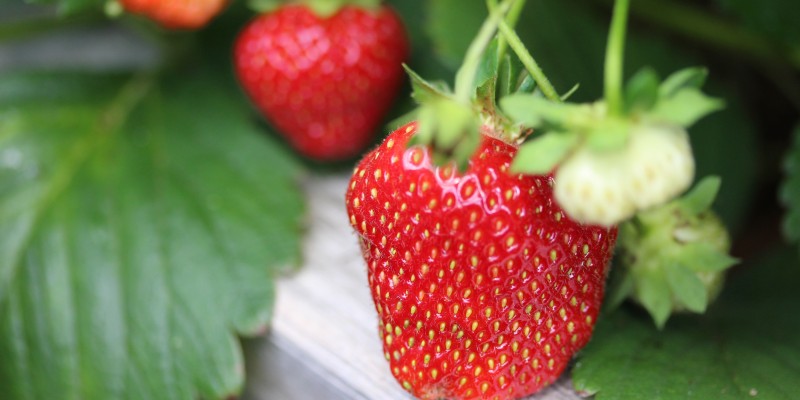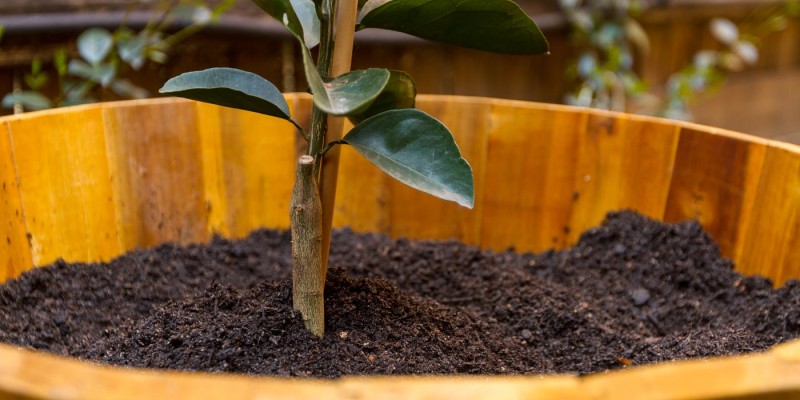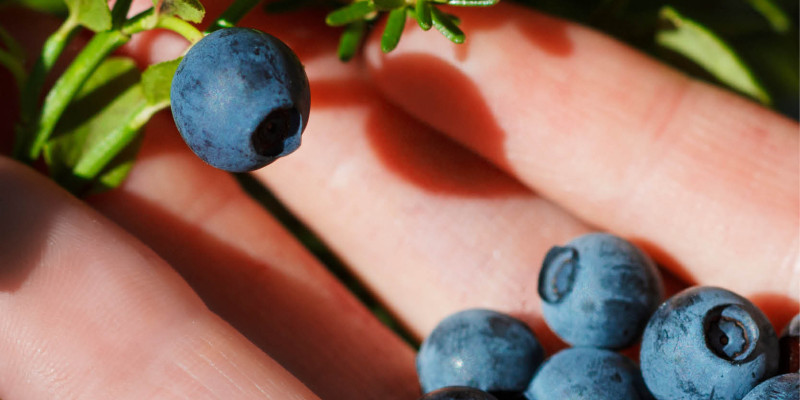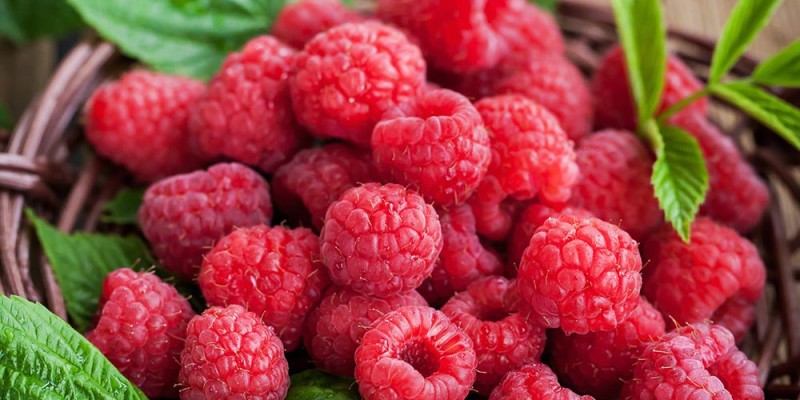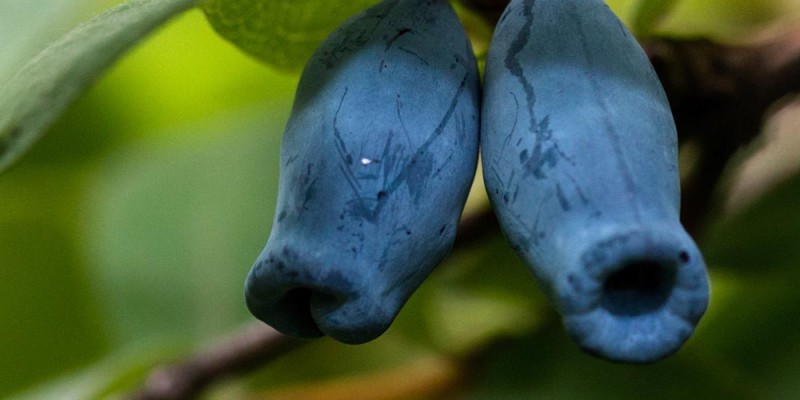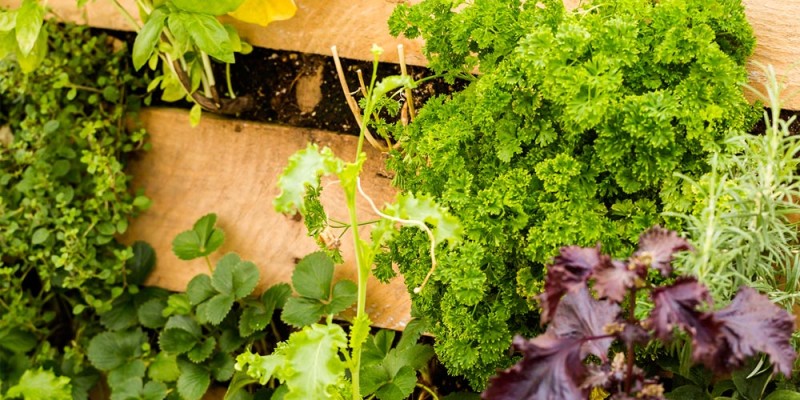I am really excited about these plants. A Friend of mine suggested I try our Honey Berries. Not knowing what they were I quickly went to the internet and did some searching. The University of Saskatchewan came up and I was awash with information.
Originally a cross between two edible blue honey suckles, the Russian (Zhimolost) and the Japanese (Haskap) to produce the North American Honey Berry. The University of Saskatchewan is working to create different varieties that are both great to eat and can be commercially grown.
In most cases you will need two varieties to get cross pollination and because these are new some will not pollinate each other. Make sure to check and make sure you are getting two that will pollinate each other. They will need to be with in a few meters of each other to make sure the pollinators can do their job.
Honey Berries or Haskaps will grow quickly typically to a height of 5-8 feet tall and wide. They flower first in the spring which are extremely cold tolerant having reportedly withstanding -7c (19F).
I picked up a Berry Blue that is closest to the garden and a Borealis
They are an early producer usually yielding in late June before your strawberries and blueberries. I am really excited about this! With all of the recent additions to our perennials the Seascape and Sierra F1 Strawberries, Rhubarb and three types of Raspberries are wonderfully complimented by Blueberries, Goji Berries, Grapes and finally the Honey Berries. We should now be able to have ripe fruit from mid June right until the first frost in October! As a side note most of these are GREAT for wine production!
